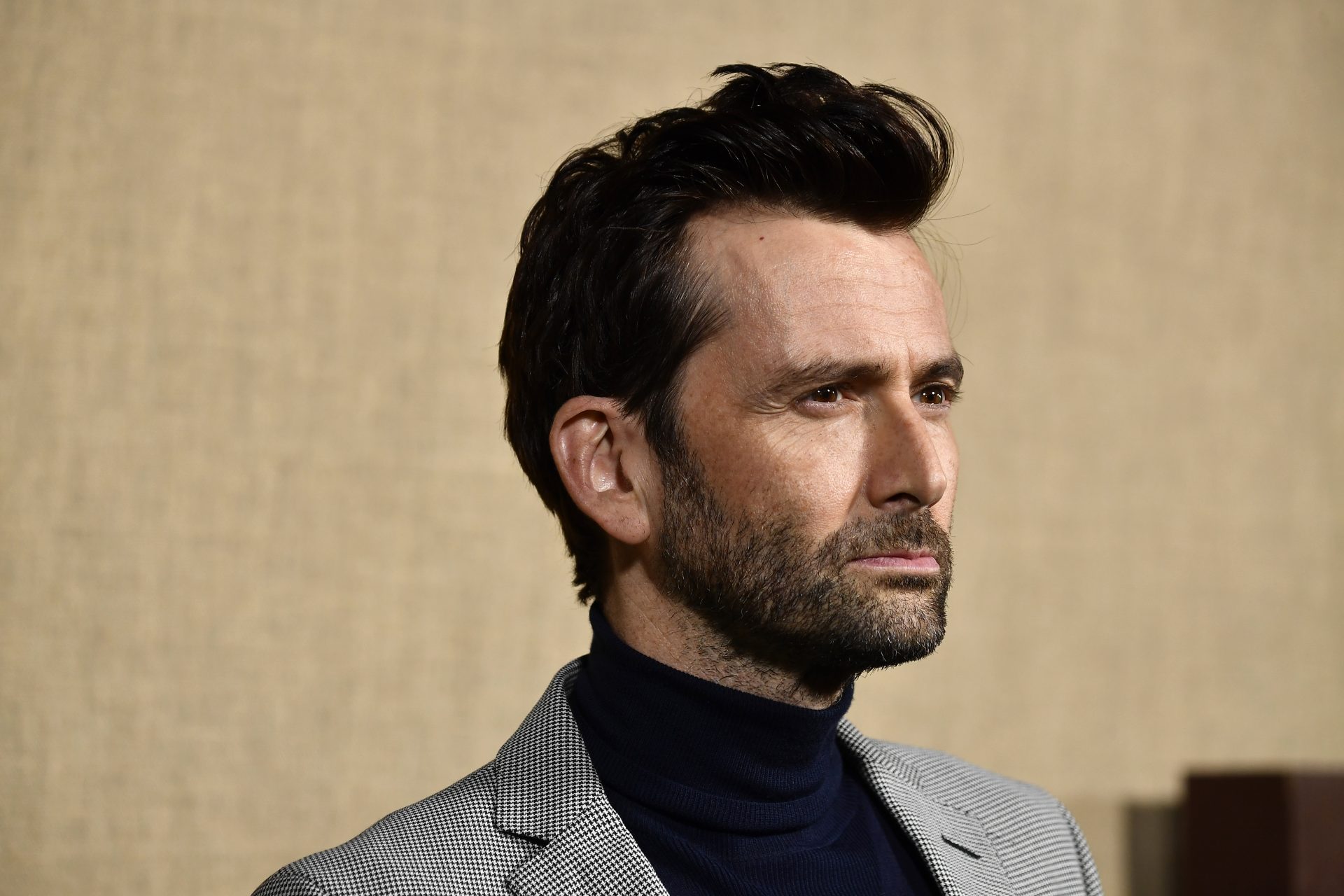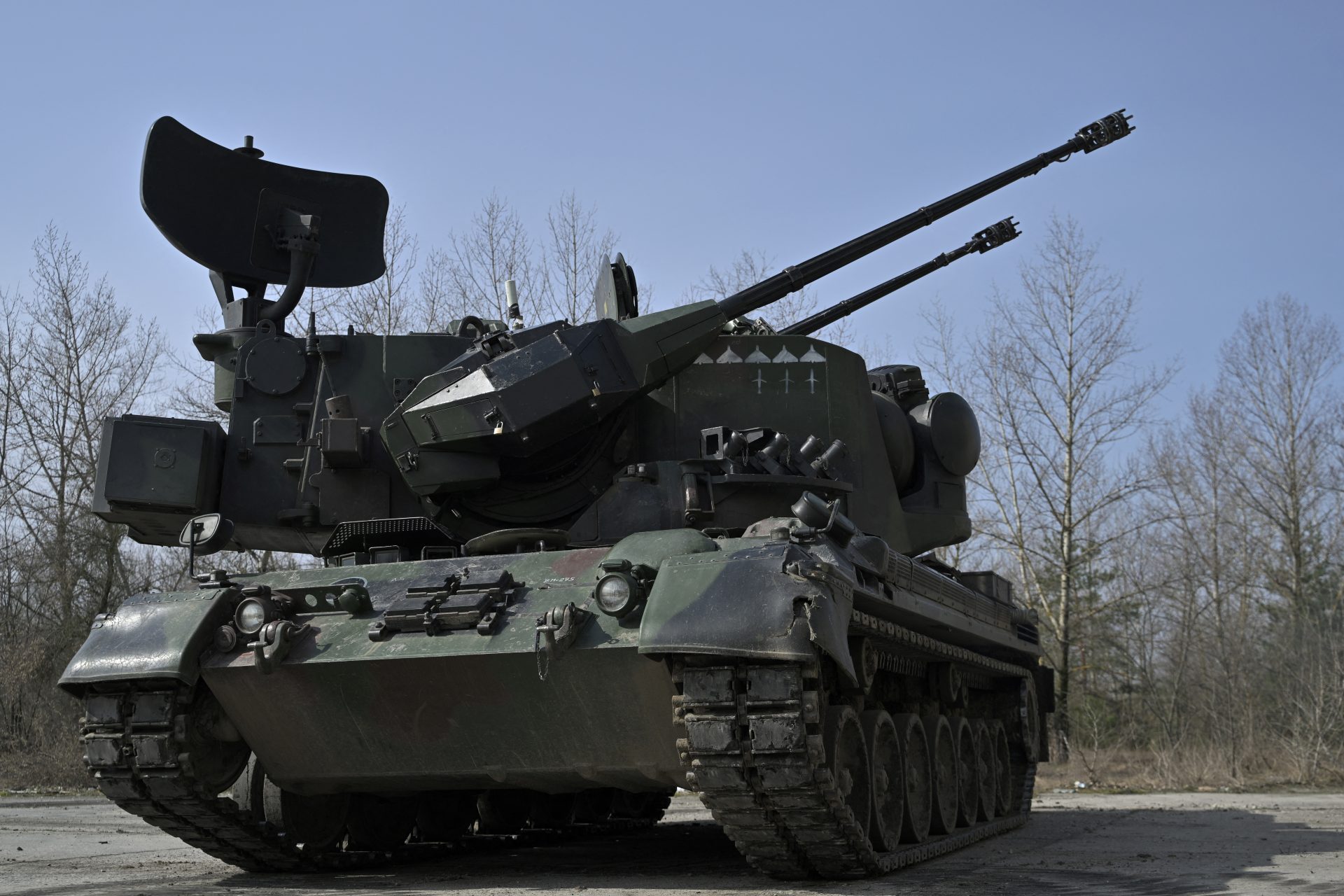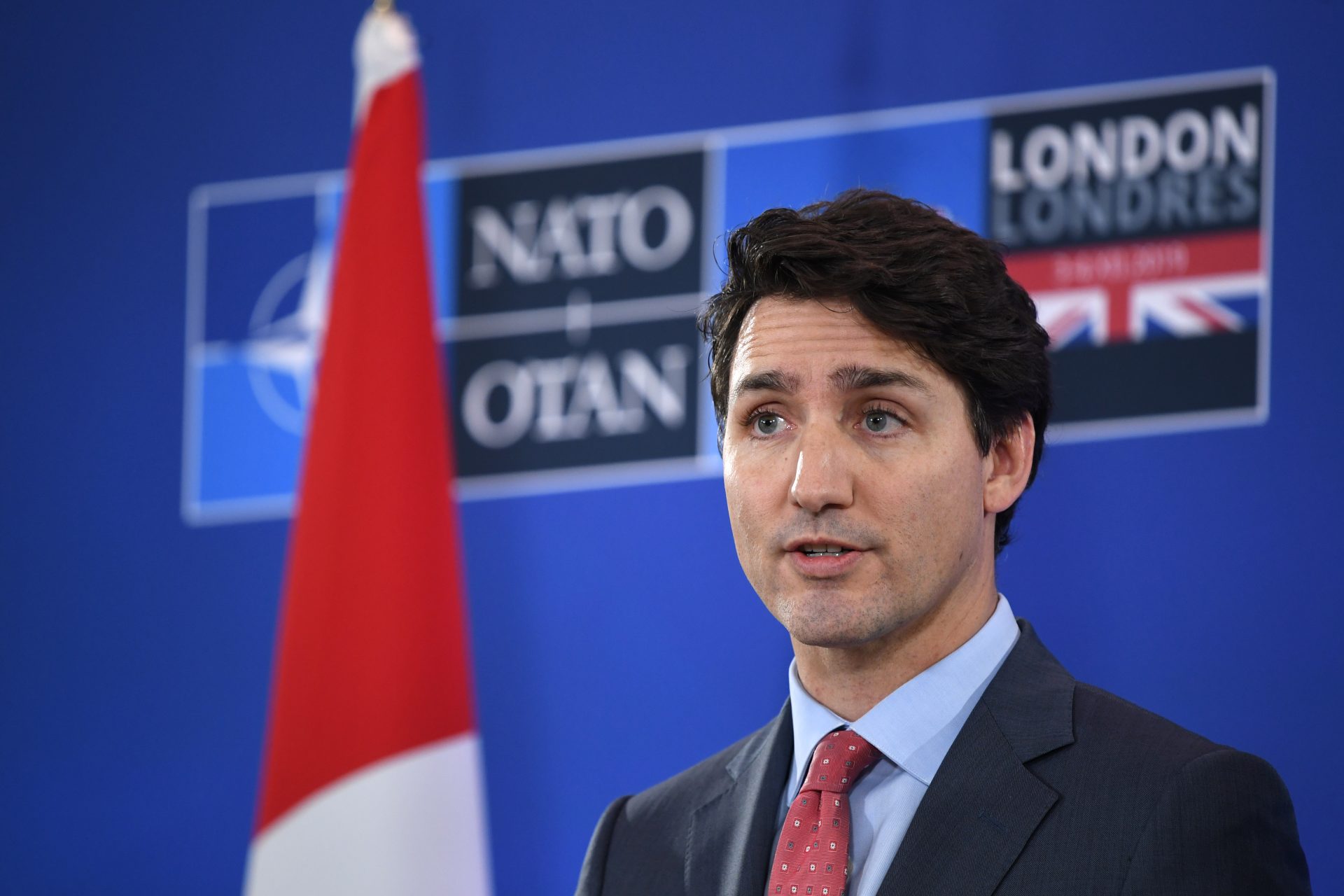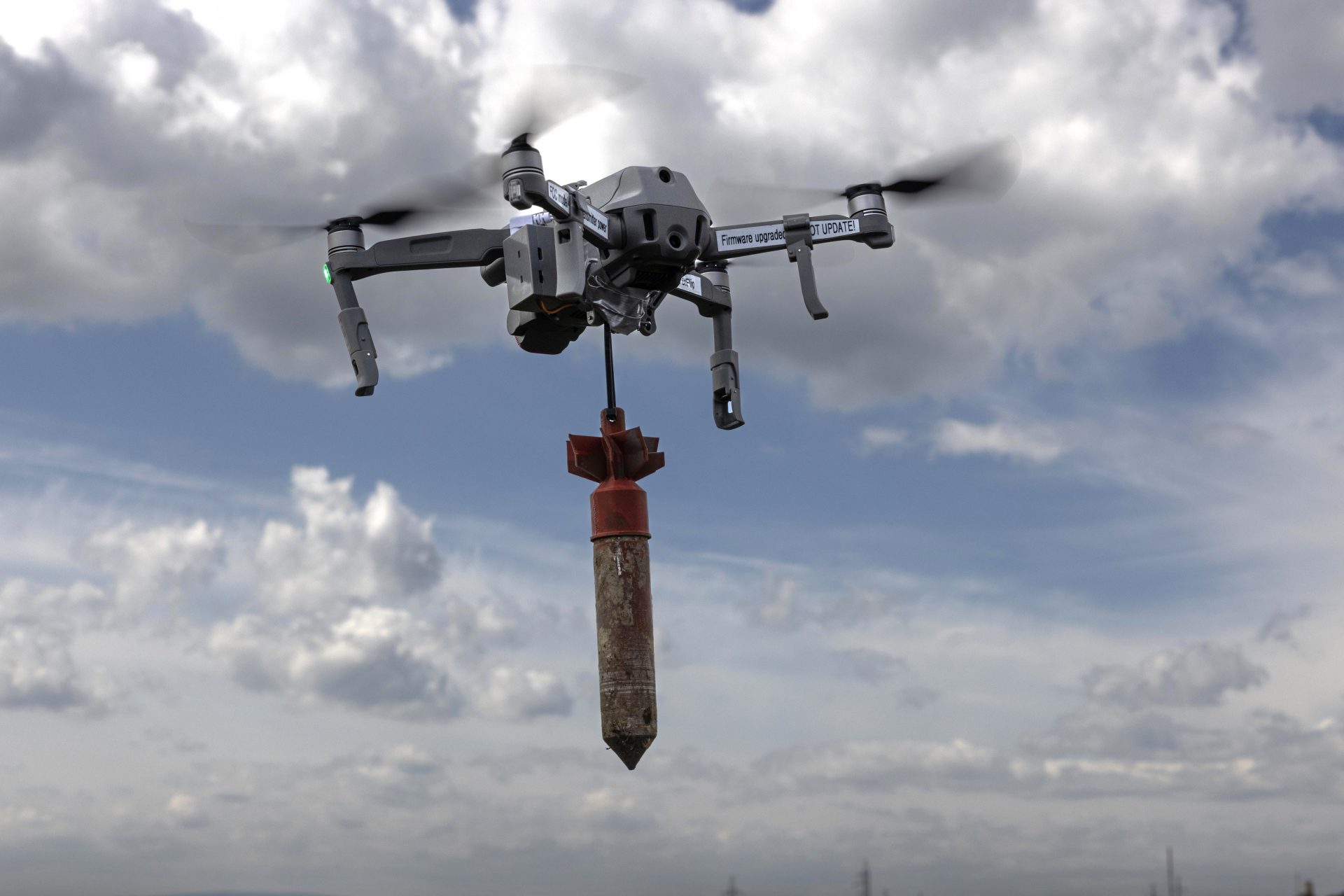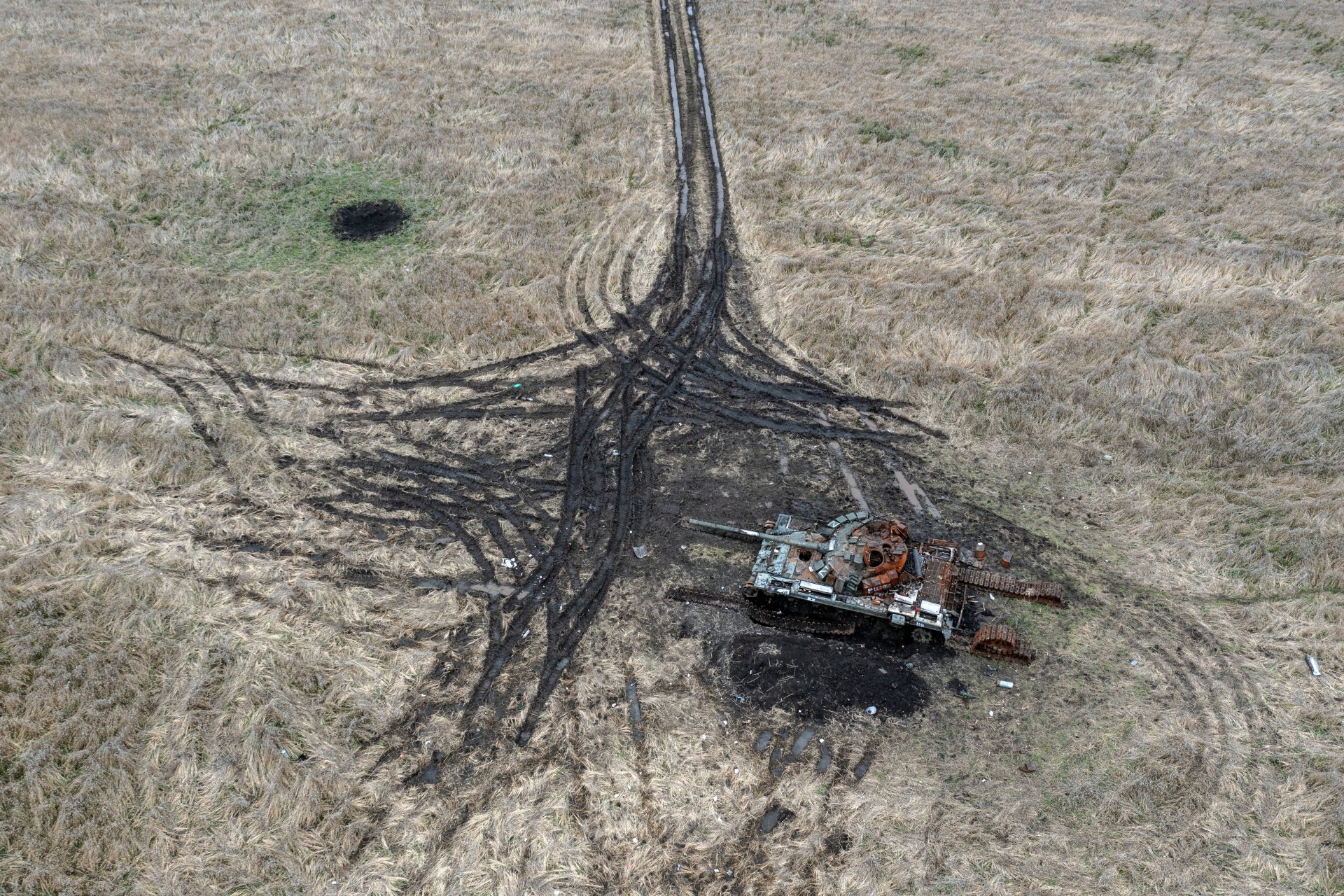War in Ukraine shows how technology is blurring the lines between civilians and combatants
There have been a lot of lessons learned from the Russian invasion of Ukraine but one of the most worrying might be the increased role civilians are playing on the battlefield due to the emergence of new technologies bringing everyday people into the fighting.
The conflict unfolding in Ukraine isn’t the first time civilians have played an outsized role in warfare. Civilian populations have been mobilized in times of crisis since the earliest days of recorded history but the ways in which they’re being engaged now is changing.
That’s mostly because technology has played an important role in how Ukraine’s civilian population has been able to help its military halt the Russian invasion of the country and push back the onslaught from Moscow using a host of new and modern technologies.
The best example of this new reality in warfare probably comes from the beginning of the conflict when government officials used social media platforms like Twitter to get the word out on how the civilian population of the country could help its armed forces.
One of the defining moments of the early war was the image of thousands of people gathered together in the streets of Kyiv, making Molotov cocktails at the government’s urging to help protect the capital if Russian forces broke through its defense lines.
On February 25th, Ukraine’s Ministry of Defense tweeted that it wanted citizens to report the movement of equipment and to make Molotov cocktails to “neutralize the occupier,” and people heard the call, rushing to the streets to stuff styrofoam and gas into bottles.
Another important moment was President Volodymyr Zelensky’s announcement that the Ukrainian government would supply any citizen willing to defend the country with arms, a call tens of thousands heeded with CNN noting 18,000 were distributed in only one day.
“We will give weapons to anyone who wants to defend the country. Be ready to support Ukraine in the squares of our cities,” Zelensky wrote in a tweet. But these actions were similar to ones that would have been taken by any government facing total destruction.
The difference in the previous examples was that the move to get civilians involved in the war effort at one of its most crucial crisis points was aided greatly by the modern means of communication available to the Ukrainian government.
Bigger differences in how technology has blurred the lines between combatants in war and civilians are the roles everyday Ukrainians have played in helping the country’s armed forces find Russian troops, sometimes being tapped to provide exact locations.
Colonel Oleh Shevchuk is the Commander of Ukraine's 43rd Artillery Brigade and he explained to Ukrainska Pravda how his soldiers utilized the civilian population to help both identify targets and adjust his soldier’s artillery when firing on Russian positions.
In one instance, Shevchuk explained that his men knew Russians were in a town but did not know exactly where. Using Google Maps they found a local shop and called it to get information on the location of Russian soldiers and equipment in the area.
“Good evening, we are from Ukraine! Do you have any [Russians] about? Yes. Where? Where? Behind Grandma Hanna’s house. Which house is that? Well, everyone knows her! So you talk to people a little bit and work out where everything is.” Shevchuk said.
This type of digital popular resistance wouldn’t have been possible fifteen years ago according to The Economist, especially at the size and scale it's been taking place in Ukraine—and it's only going to get worse in future conflicts as internet access improves.
“This connectivity and the proliferation of smartphones that rely on it has accelerated and transformed an older form of civilian-military collaboration, familiar from the resistance networks of occupied France in the Second World War.” wrote The Economist.
However, all of this civilian involvement in war raises questions about their status in the conflict. The Economist wrote one of the defining features of international humanitarian law was the principle armies must discern between combatants and non-combatants.
Can the civilians that answered calls from Colonel Shevchuk’s soldiers be implicated as military combatants who can be engaged? The Economist thinks not but lines between civilians and combatants are getting blurred in a conflict that’s changed the nature of war.
More for you
Top Stories















![“Do you have any [Russians] about?”](https://wpfeeds.s3.eu-west-1.amazonaws.com/wp-content/uploads/2023/07/GettyImages-1515199723-scaled-1920x1280.jpg)





